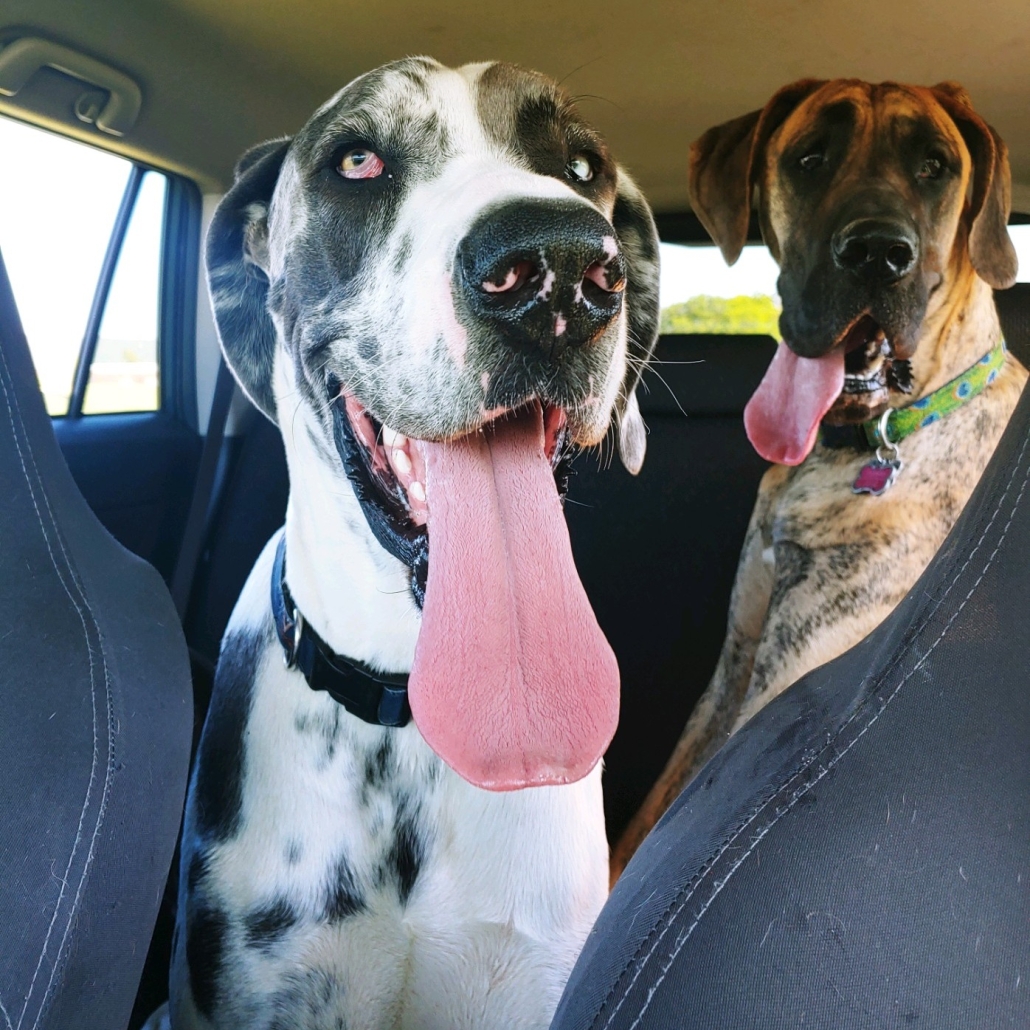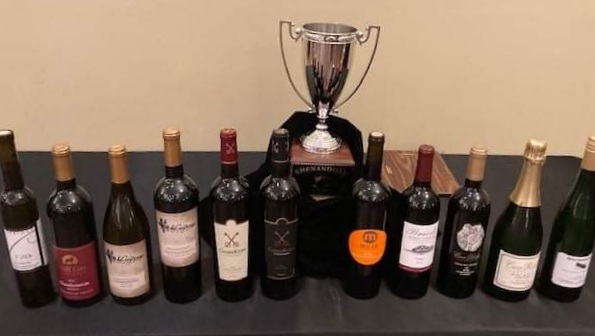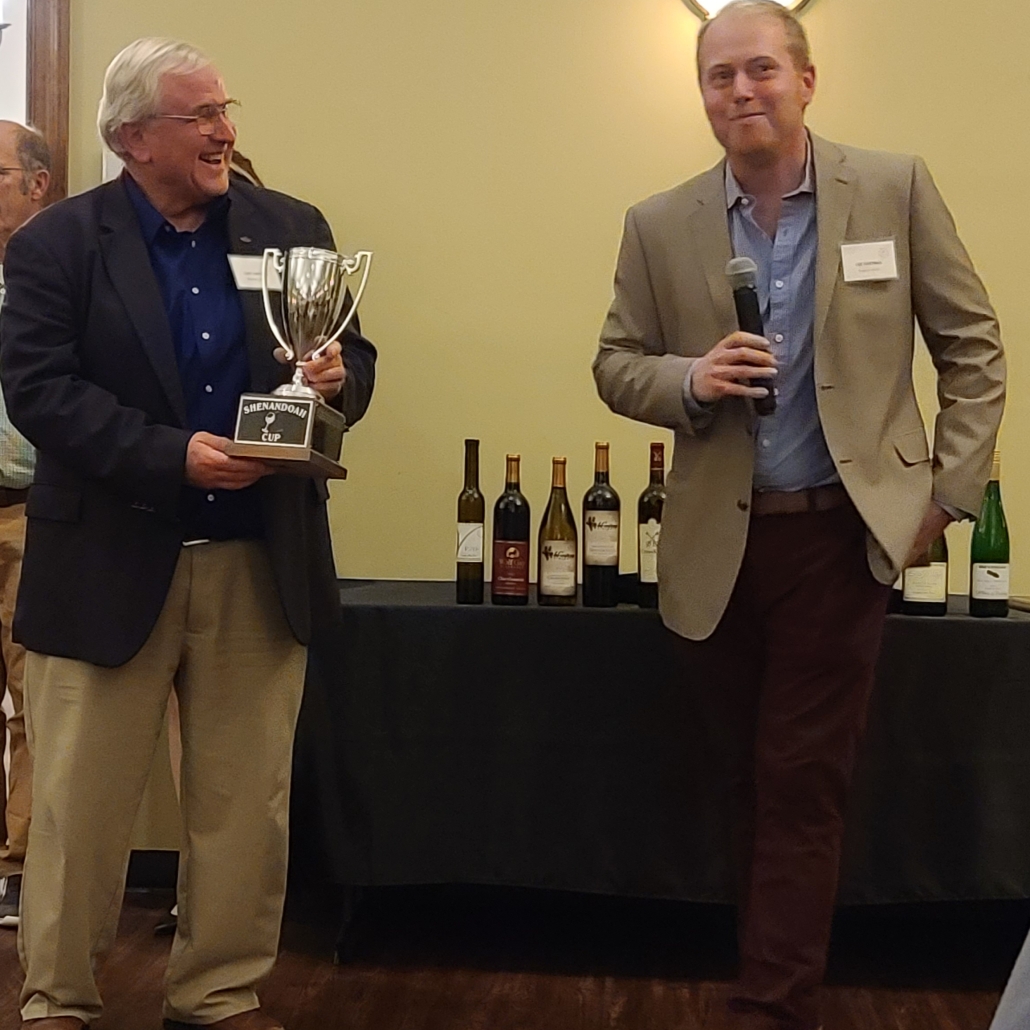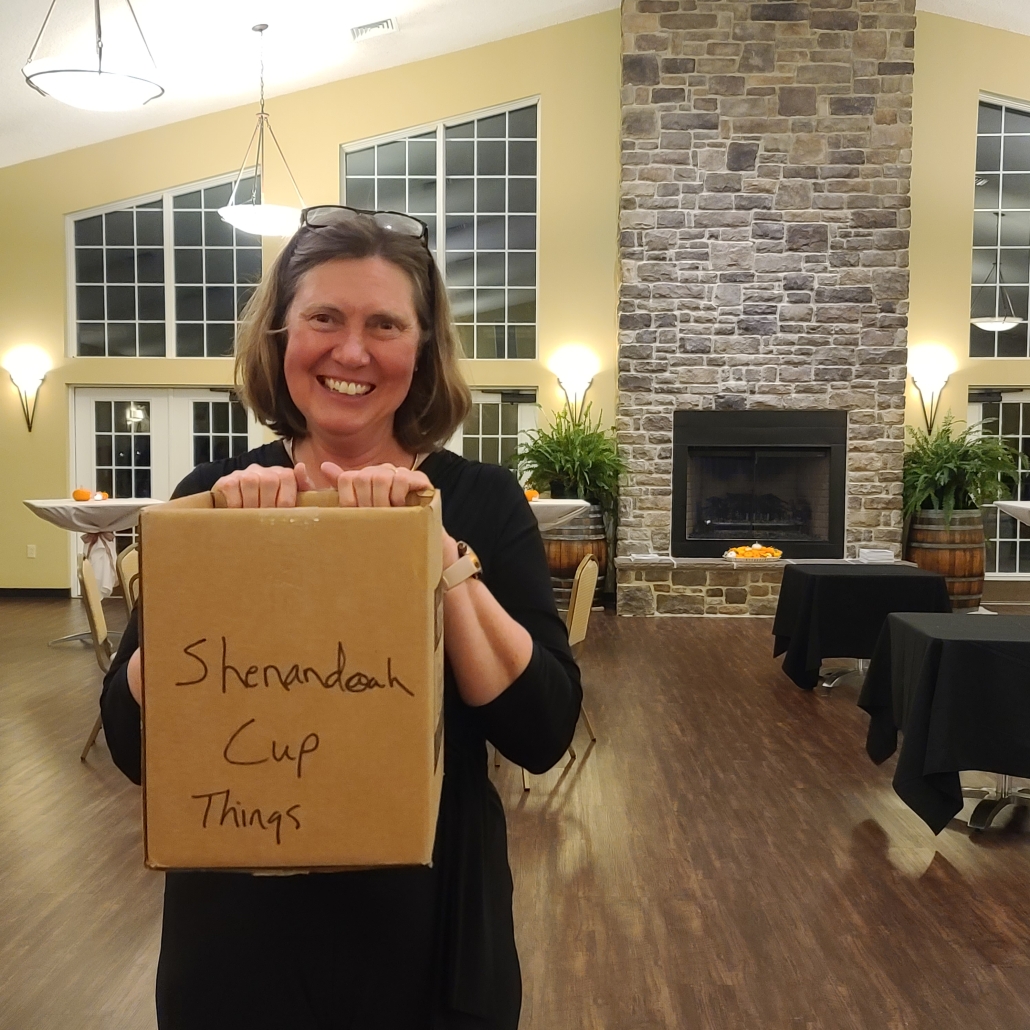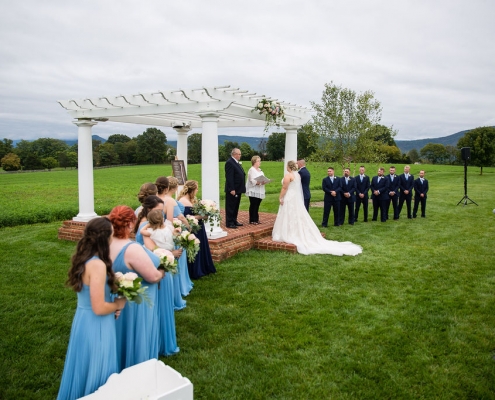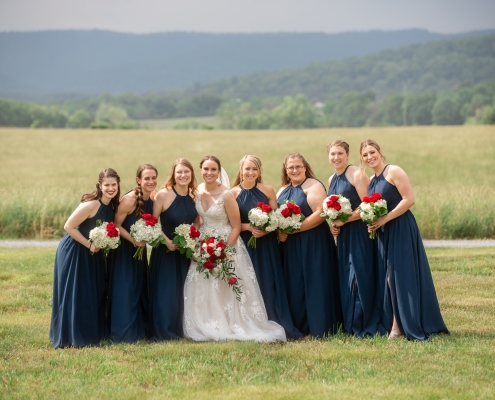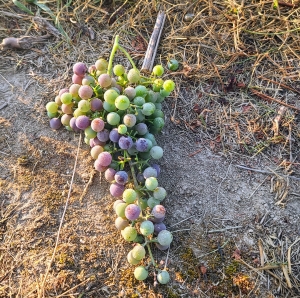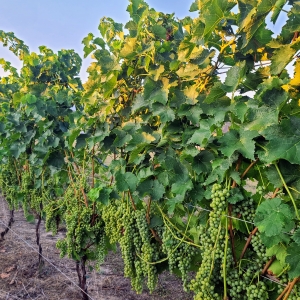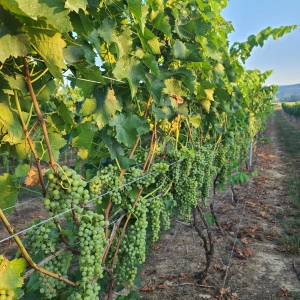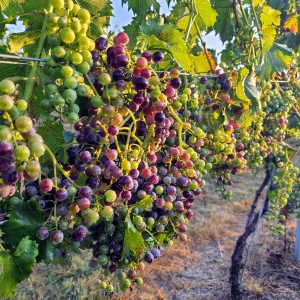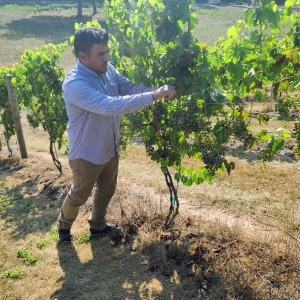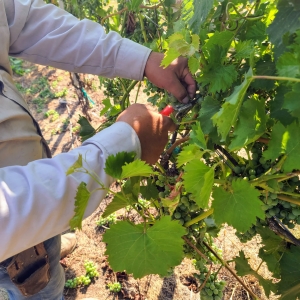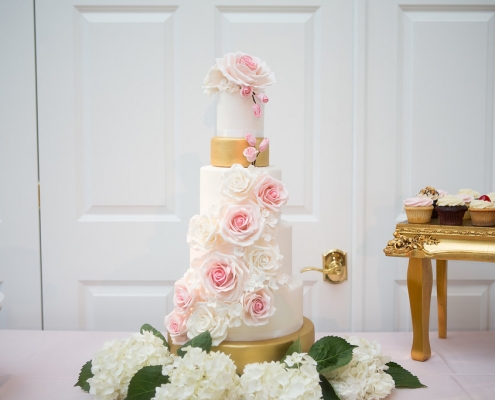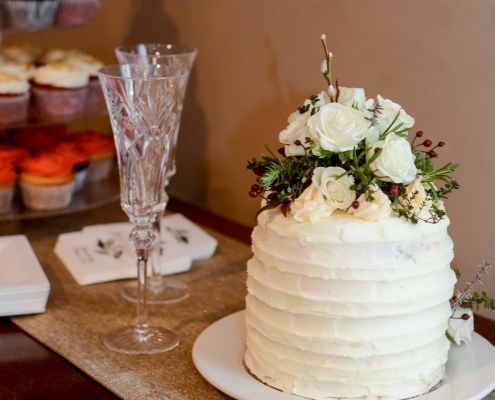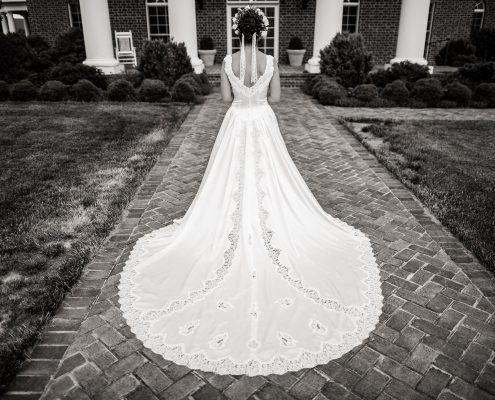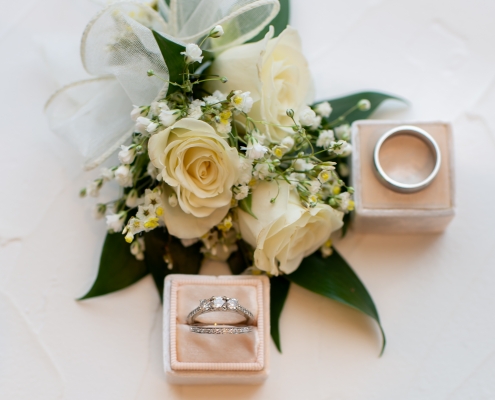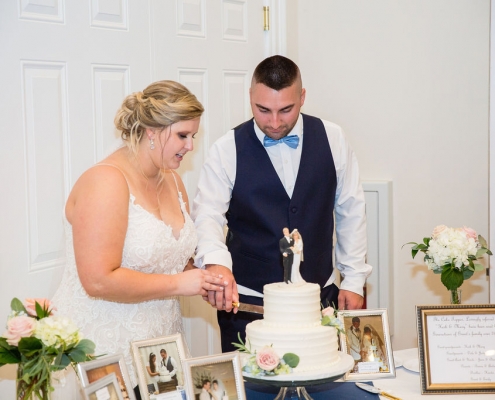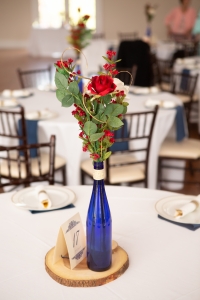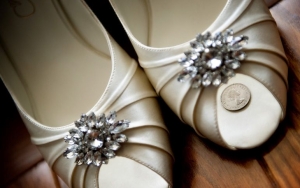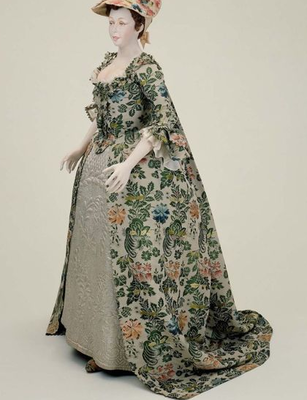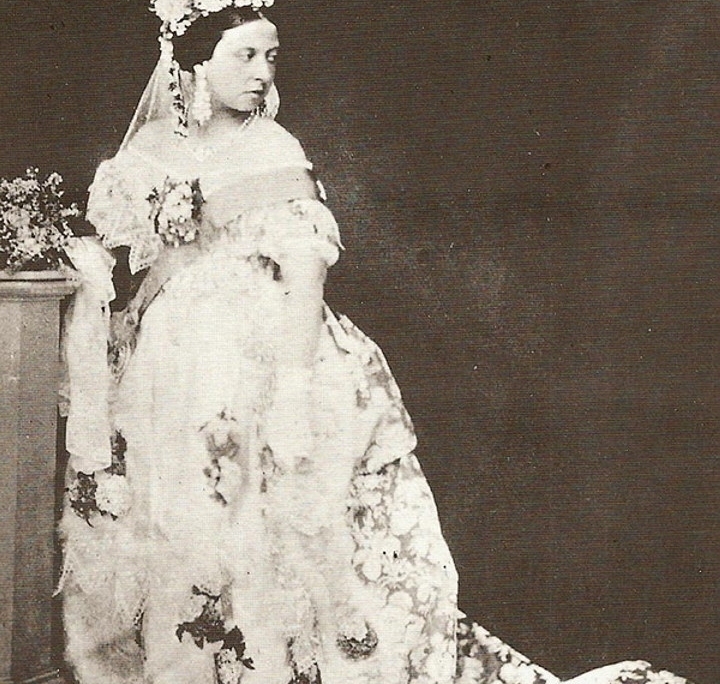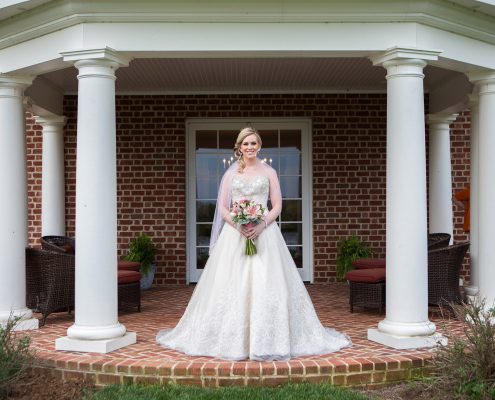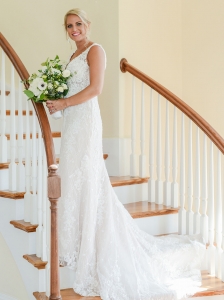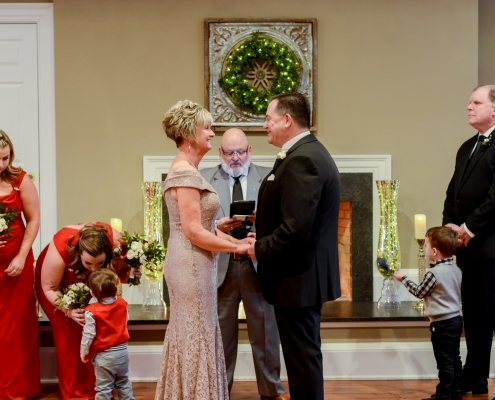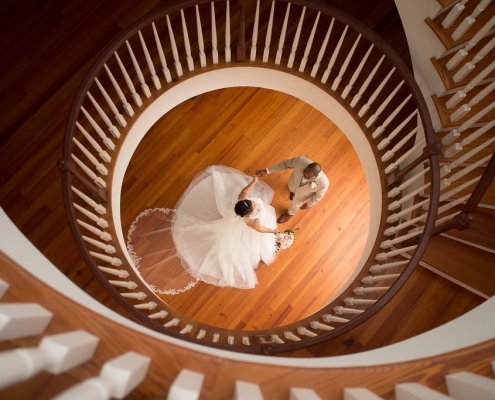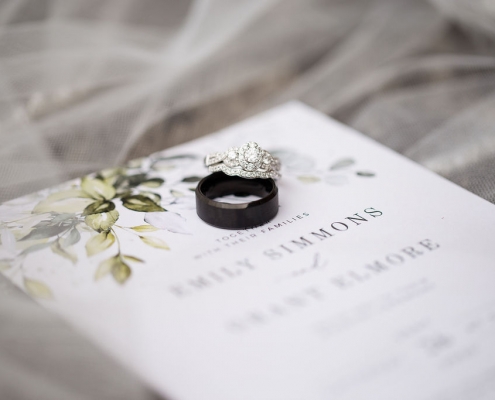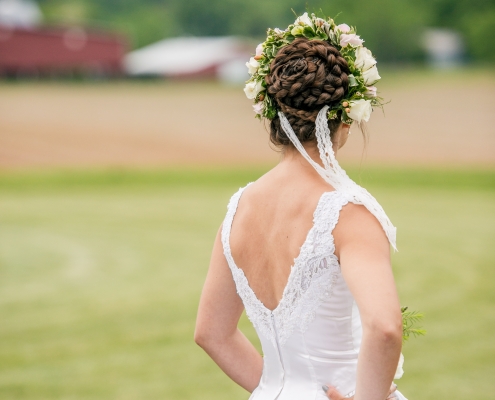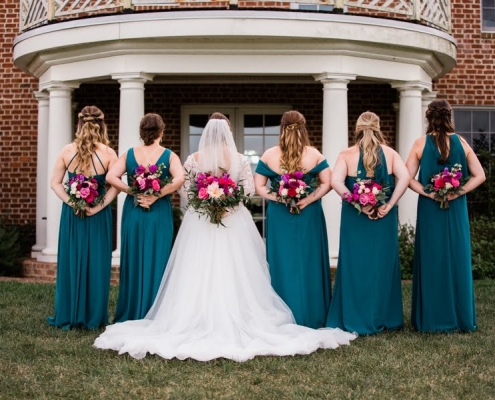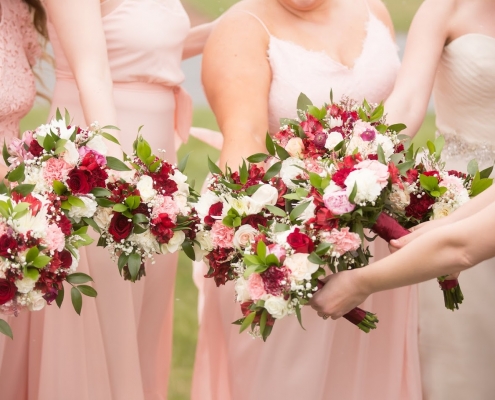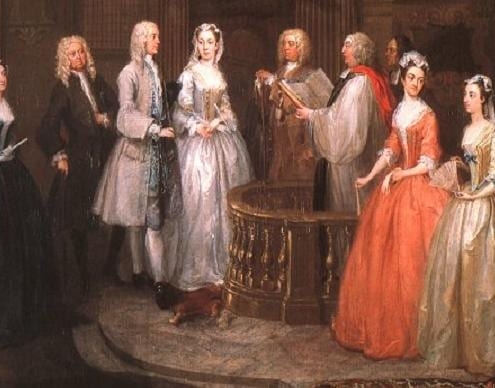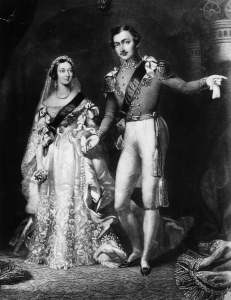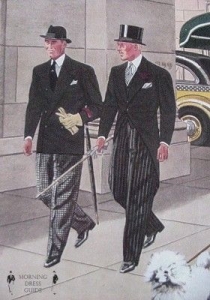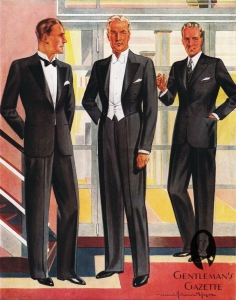The big dogs had a big night out last Friday night….
It seemed fortuitous that Bluestone Vineyard hosted the 3rd annual Shenandoah Cup on a night when Wyatt was having his best friend Gus over for a sleepover. We knew that Mom (Stephanie Pence to the rest of you) had spent months coordinating this event with other folks on the Shenandoah Valley Wine Trail (SVWT) along with the judges who volunteered their time to judge the wines for the yearly event.
On a completely unrelated note, has anyone heard of a need for a treat-tasting judge? If so, I might know a pup or two….
The Shenandoah Cup was designed to celebrate the wines and ciders produced in the Shenandoah Valley AVA. We have 22 wineries, three vineyards, a cidery, and a meadery on the Trail. Members of the SVWT are really excited about the delicious wines, ciders, and meads being made in the Shenandoah Valley, and this night was designed to celebrate everyone who makes our industry possible.
Hosted by Bluestone Vineyard, the evening showcased some of the 65 wines and ciders that were entered into the judging process. In order to be entered, 85% of the grapes in the wines had to be grown in the Shenandoah Valley AVA, and the wines had to be produced by a member of the SVWT. Our two-step judging was completed by a panel of experts guided by Frank Morgan. Wines were divided into flights and scored on the Wine Spectator’s 100 Point Scale.
When all of the judging was done, there ended up being 11 gold, 37 silver, and 14 bronze medals. In the gold medal category, there was a wide range of white, red, sparkling, and dessert wines represented.
Lee Hartman of Bluestone Vineyard received the honor of the evening: his 2017 Houndstooth took the Shenandoah Cup. The judges described his wine as “mouth-filling, bold, complex, layered, well-balanced, fresh, and vibrant”. He was honored to have his wine chosen, and he shared a bit of his journey from a boy working in the garden to the award-winning vintner he is today. His parents made their first garden variety wine when he was just 17. Since those days of experimentation in the garage, the Hartman family has enjoyed the journey. Lee emphasized that winemakers are elevated by others in the industry and that nobody in this room could be where they are without everyone else in the room.
Mom even invited a guest to talk about how awesome the wine industry is here in the Valley. Richard Leahy, an author and consultant in the wine industry, was impressed with the diversity and quality that our terroir produces. He loves Chambourcin and appreciates that it is a staple varietal here in the Shenandoah Valley.
Frank Morgan couldn’t be at the event, but he did make a video appearance. You can watch that here:
Here are our two favorite quotes from the video:
“Early mornings in the vineyard and late nights in the cellar continue to pay off in the bottle.”
“The sweat equity of our founders is rewriting the next chapter of the Shenandoah Valley wine story.”
We had to keep a pretty low paw-file for the evening. Mom didn’t buy us tickets, so we definitely didn’t want to get kicked out. Since we had to watch from the windows, we weren’t able to snack on any of the delicious food that they were serving the humans. Despite this, we have to say that we really enjoyed ourselves! It was so much fun to see everyone dressed up, and it was even more fun to see Mom in action as she spoke to the crowd. She does a great job taking care of all the things – but especially of me!

